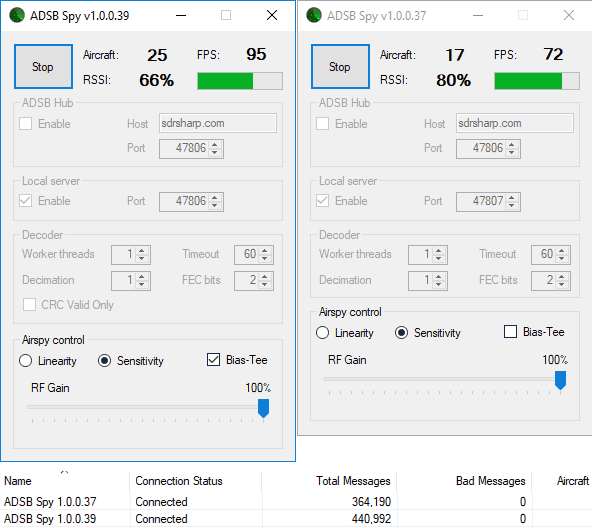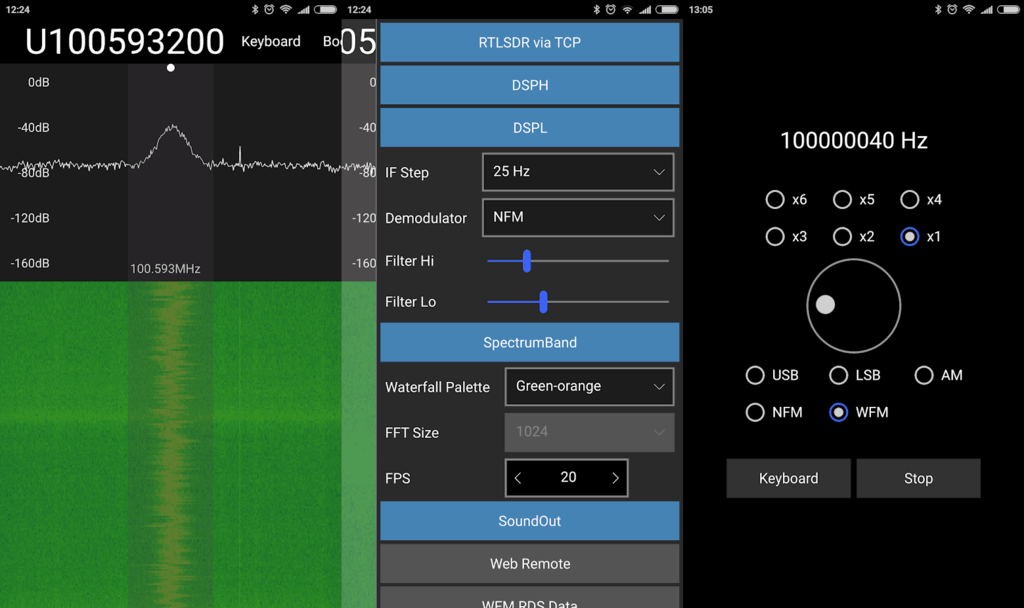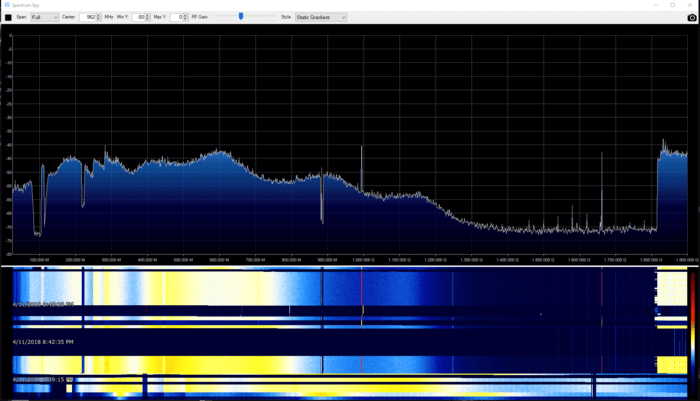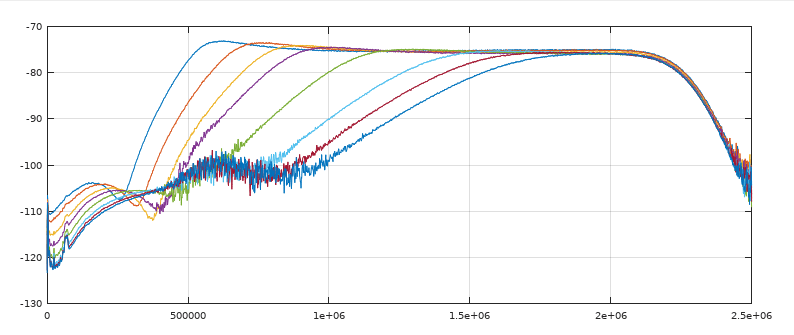Tysonpower Reviews our Triple Filter ADS-B LNA
Thank you to YouTuber 'Tysonpower' who is known for making various RF related videos as he has recently reviewed our Triple Filtered ADS-B LNA on his blog and on YouTube. Note that his video is in German, but it contains English subtitles. In the review he compares our LNA against a more expensive ADS-B LNA and found that it performs just as good, if not better in some cases.
Our ADS-B LNA uses a triple filter design, as well as a two stage LNA which aims to significantly cut out interference from out of band signals which could overload the LNA and/or SDR dongle. It also has a low noise figure and high output gain of 27dB which is great for reducing losses on long runs of coax cable. More information about our LNA on the release post, and it can be purchased from our store.
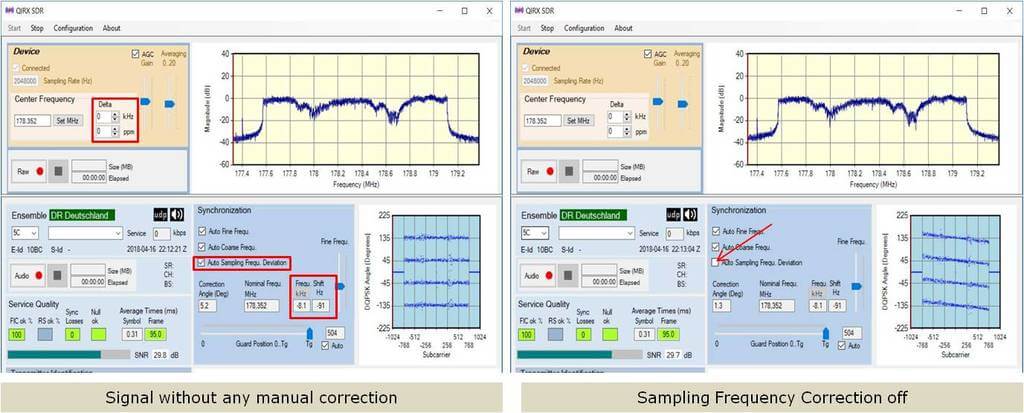
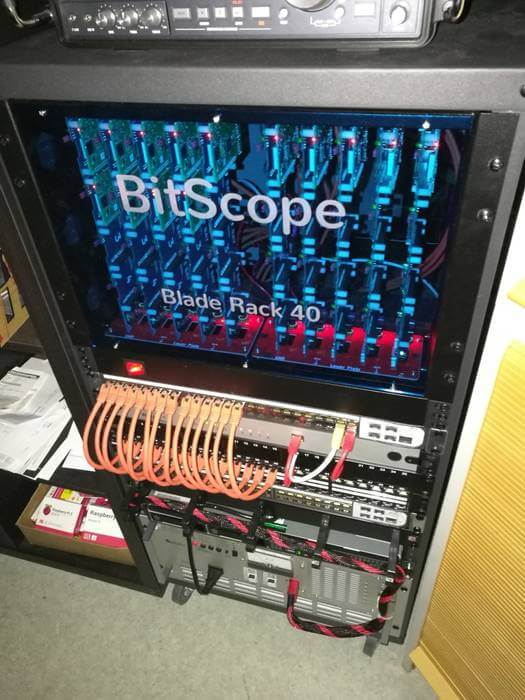
 Thank you to RTL-SDR.com reader 'JJ' for writing in with a submission for his Lego Pi Radio. JJ's Lego Pi Radio consists of a Raspberry Pi and RTL-SDR and is designed to be an FM Radio, MP3 and internet radio player all in one, with a cute enclosure made out of Lego bricks. The radio is controlled by an external numpad which allows for a number of presets to be chosen from.
Thank you to RTL-SDR.com reader 'JJ' for writing in with a submission for his Lego Pi Radio. JJ's Lego Pi Radio consists of a Raspberry Pi and RTL-SDR and is designed to be an FM Radio, MP3 and internet radio player all in one, with a cute enclosure made out of Lego bricks. The radio is controlled by an external numpad which allows for a number of presets to be chosen from.